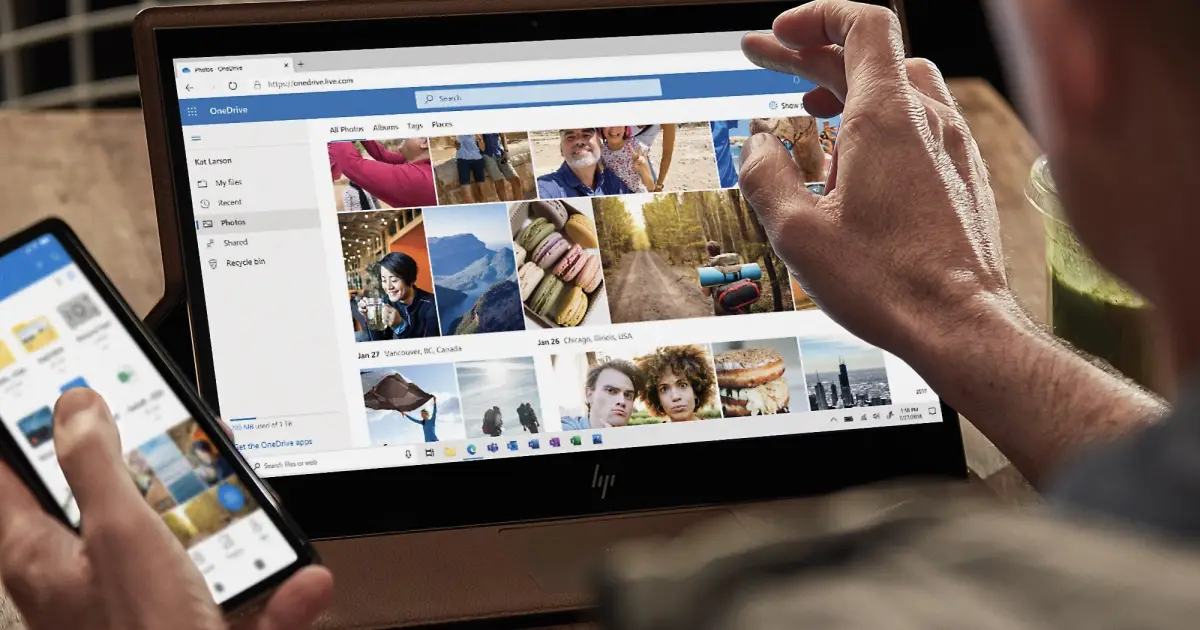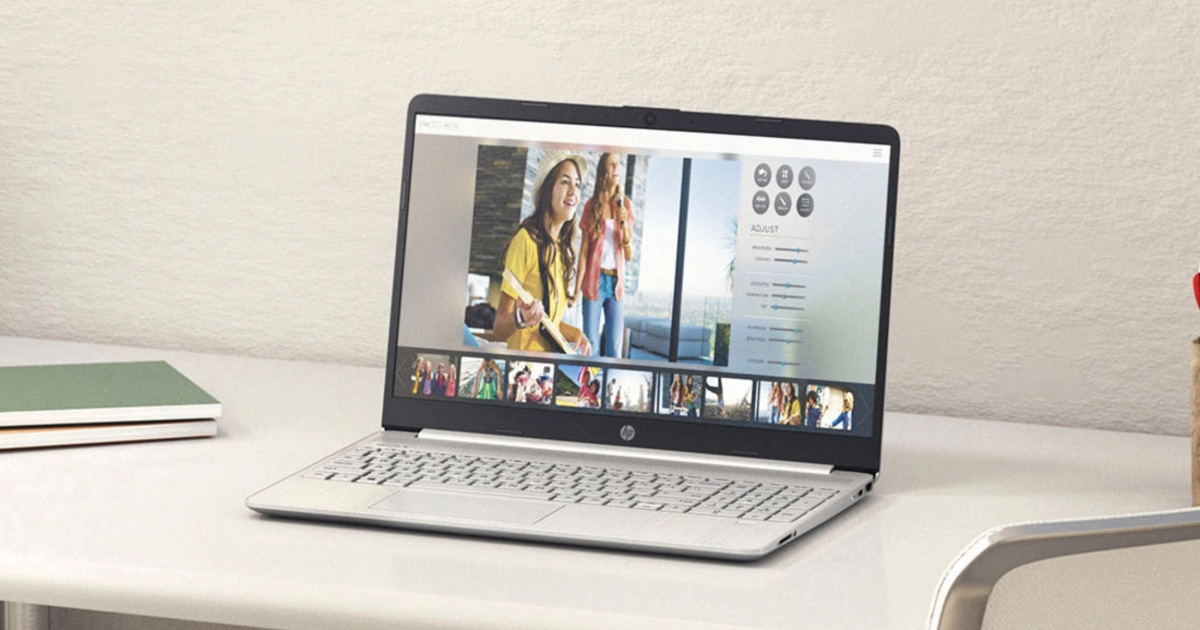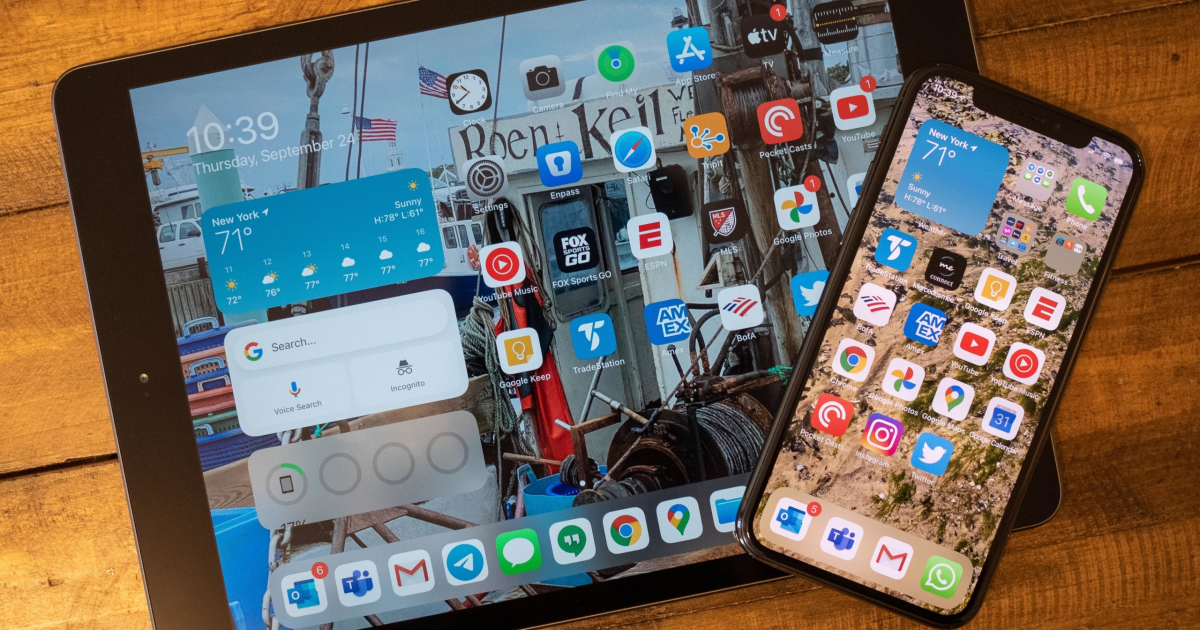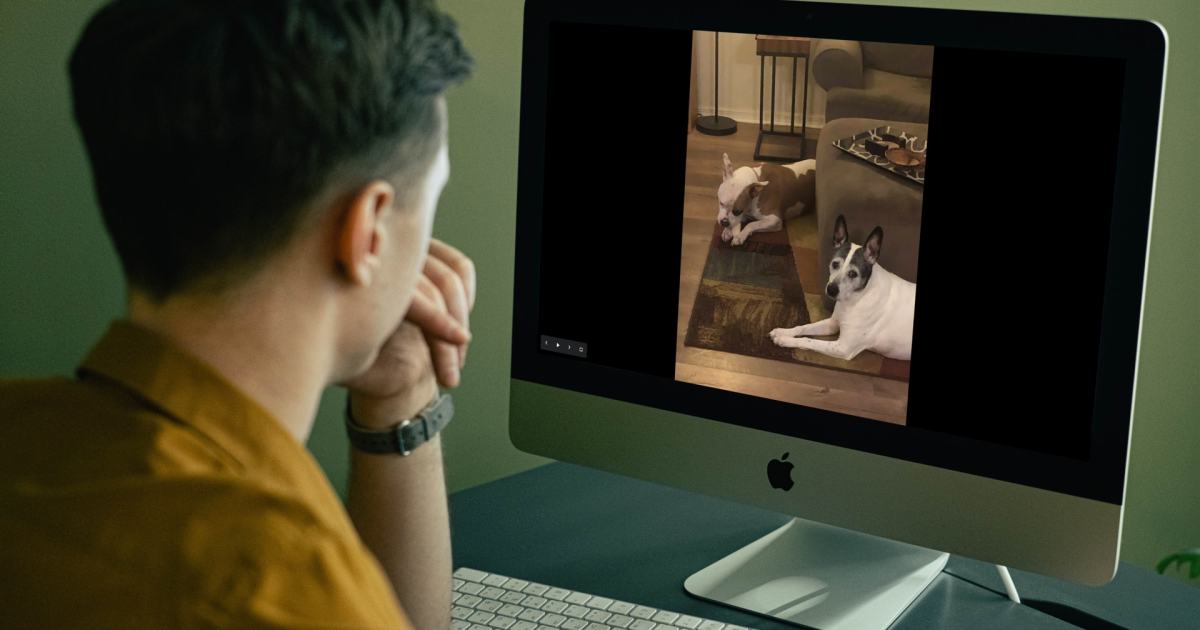How to Connect Multiple Displays to Your MacBook Air: A Comprehensive Guide
Enhance Your Workspace Productivity with Multiple Display Connection on Your Apple Silicon MacBook Air - Step by Step Guide for All Models
Guide on connecting dual monitors to a MacBook Air | ENBLE
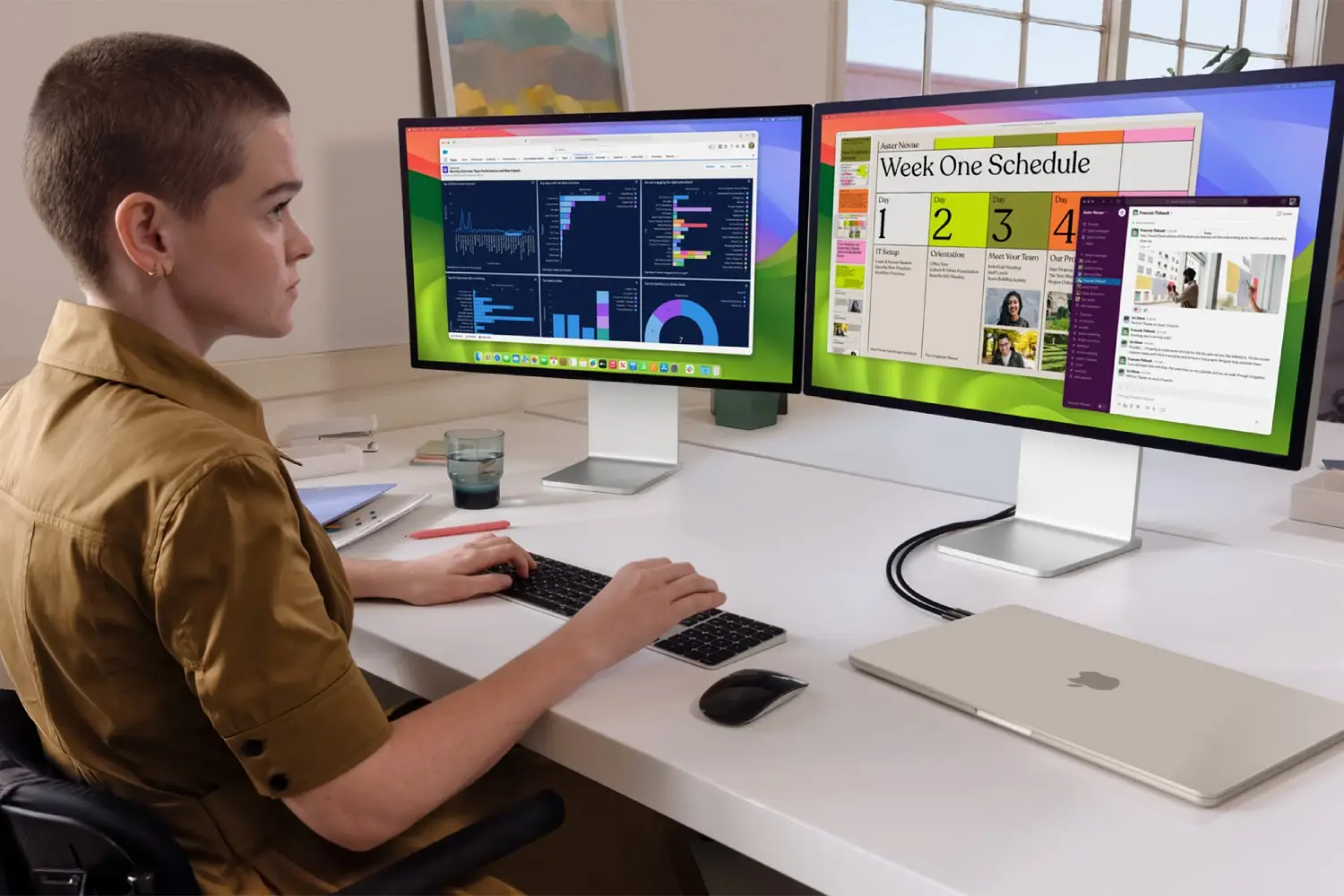 Image: Apple
Image: Apple
Using multiple monitors with your laptop can greatly enhance your workspace and make both work and play much more enjoyable. However, for most modern MacBook Air laptops, connecting more than one external display can be quite tricky, and you may encounter various problems along the way. But fear not, because in this comprehensive guide, we will walk you through the process of connecting multiple displays to your MacBook Air, providing valuable information and useful tips.
Table of Contents
- Connecting Displays to the M3 MacBook Air
- How to Connect Two Displays to an M1 or M2 MacBook Air using InstantView
- How to Connect Two Displays to an M1 or M2 MacBook Air using DisplayLink
😕 FAQ: Additional Concerns
Q: Are there any docking stations compatible with MacBook Air that support multiple display connectors?
A: Yes, there are docking stations available in the market that offer multiple display connectors, such as USB-C, HDMI, or DisplayPort. These docking stations provide additional ports and connectivity, making it easier to connect multiple displays to your MacBook Air. However, it is crucial to check the docking station’s compatibility and specifications, including supported resolutions, refresh rates, and transfer speeds.
Q: Will macOS updates affect the functionality of software workarounds?
A: Yes, macOS updates can potentially break the functionality of software workarounds. To ensure your multiple displays continue to work seamlessly, it is essential to check for app updates and install them promptly if necessary.
Q: Can I connect two external displays to my MacBook Air without using a docking station or software workarounds?
A: Connecting two external displays without using a docking station or software workarounds is possible but limited to specific MacBook Air models. For example, the M3 MacBook Air allows you to connect two external displays by closing the laptop’s lid. However, it is crucial to note that you will need to connect an external mouse or keyboard, as access to the laptop’s built-in input devices will be restricted with the lid closed.
Connecting Displays to the M3 MacBook Air
In March 2024, Apple announced that the M3 MacBook Air would support connecting two external displays, as long as you close the laptop’s monitor. This simplified process eliminates the need for software workarounds.
To connect multiple displays to your M3 MacBook Air, follow these steps:
Step 1: Connect your keyboard and external mouse or trackpad to your MacBook Air and ensure they are working correctly.
Step 2: It is recommended to connect your MacBook Air to a power source. However, if your external monitor provides power to your laptop, you may not need to connect the MacBook Air to a power adapter separately.
Step 3: Connect your first display to your MacBook Air, supporting resolutions up to 6K and a refresh rate of 60Hz.
Step 4: Close your MacBook Air’s lid.
Step 5: Connect the second display, supporting resolutions up to 5K and a refresh rate of 60Hz. You should now have both displays running seamlessly with your MacBook Air.
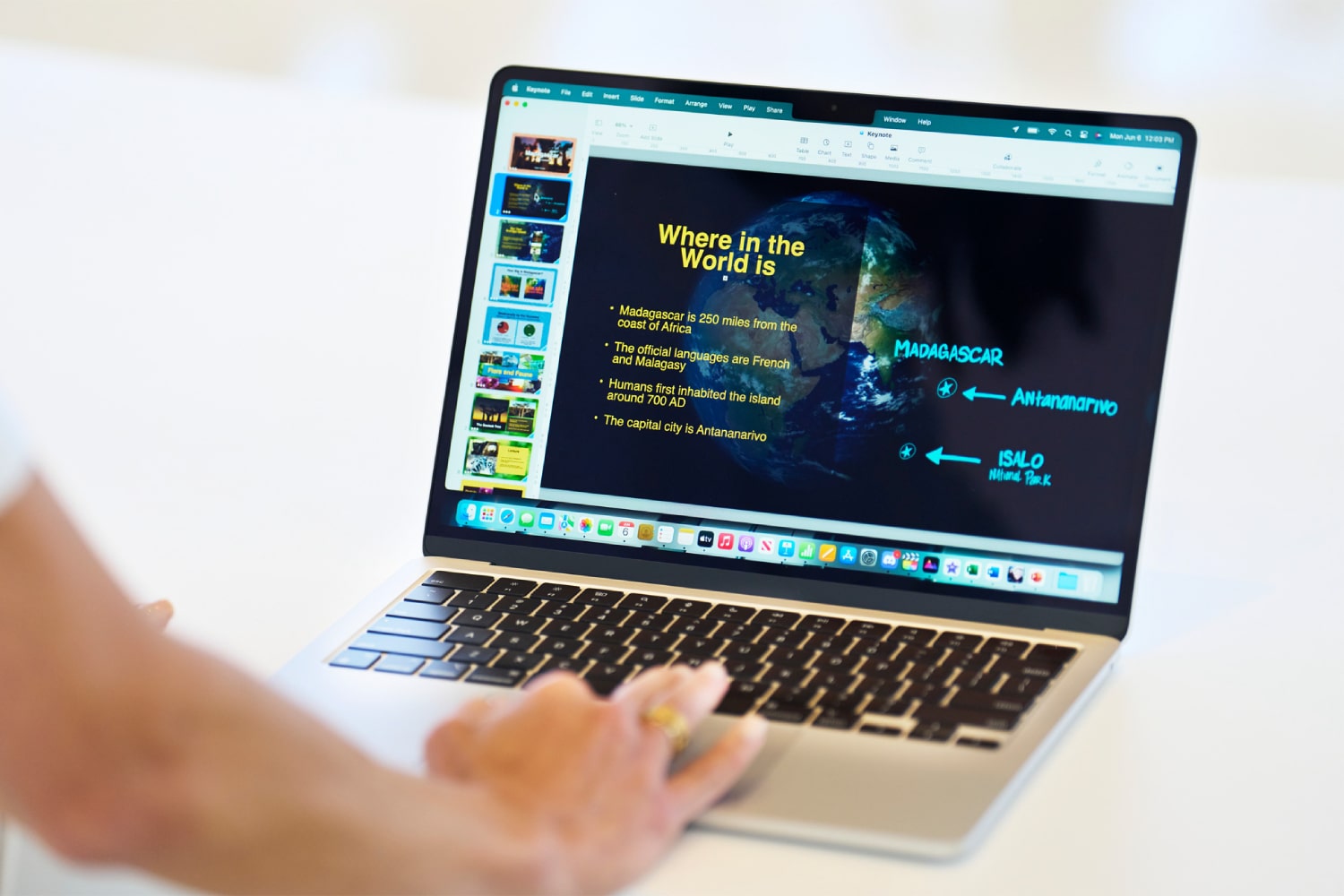 Image: Apple
Image: Apple
How to Connect Two Displays to an M1 or M2 MacBook Air using InstantView
Officially, neither the M1 nor M2 MacBook Air models are designed to support multiple displays. According to Apple, these laptops are limited to one display running at up to 6K resolution and a 60Hz refresh rate. However, with some workarounds, you can still connect multiple monitors to your M1 or M2 MacBook Air.
To connect two displays to your M1 or M2 MacBook Air using the InstantView app, follow these steps:
Step 1: Download and install the InstantView app from SiliconMotion’s download page. Grant the app permission to record your display during the installation process.
Step 2: Open System Settings and navigate to Privacy & Security > Screen & Audio System Recording. Enable the toggle next to macOS InstantView, then select “Quit & Reopen” in the popup window.
Step 3: Connect your docking station to your MacBook Air and then connect your external monitors to the station.
Step 4: Your MacBook Air’s on-screen content should now be displayed on all connected monitors.
Step 5: Open the InstantView app to access its user interface. Select either “Mirrored Display” or “Extended Display” mode to mirror or extend your MacBook Air’s screen contents onto your external displays.
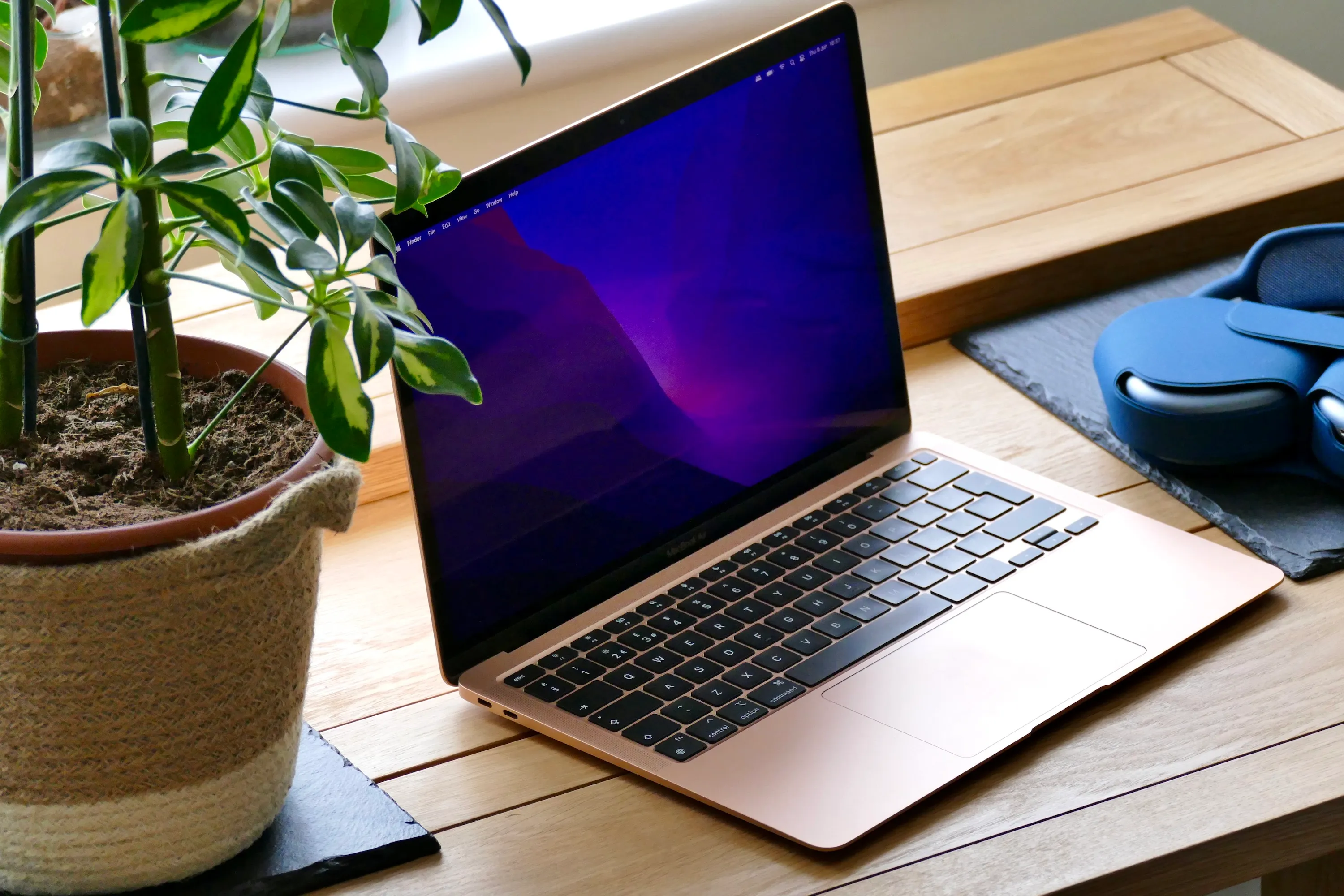 Image: Andy Boxall / ENBLE
Image: Andy Boxall / ENBLE
How to Connect Two Displays to an M1 or M2 MacBook Air using DisplayLink
If the InstantView app does not work for you or you prefer to use a different software solution, DisplayLink is an excellent alternative. DisplayLink functions similarly to InstantView by compressing your MacBook Air’s video feed to enable multiple external monitors.
To connect two displays to your M1 or M2 MacBook Air using DisplayLink, follow these steps:
Step 1: Install the DisplayLink Manager software from the developer’s website. As with InstantView, you will need to allow screen recording permissions by enabling the toggle next to DisplayLink Manager in System Settings > Privacy & Security > Screen & Audio System Recording.
Step 2: Once DisplayLink Manager is installed, open the app, and its menu bar icon will automatically appear.
Step 3: Enable the “Launch automatically after login” option by ticking the corresponding checkbox.
Step 4: Connect your external displays to your docking station. You may need to grant permission in a system prompt during this process.
Step 5: Your monitors should now be successfully connected to your MacBook Air.
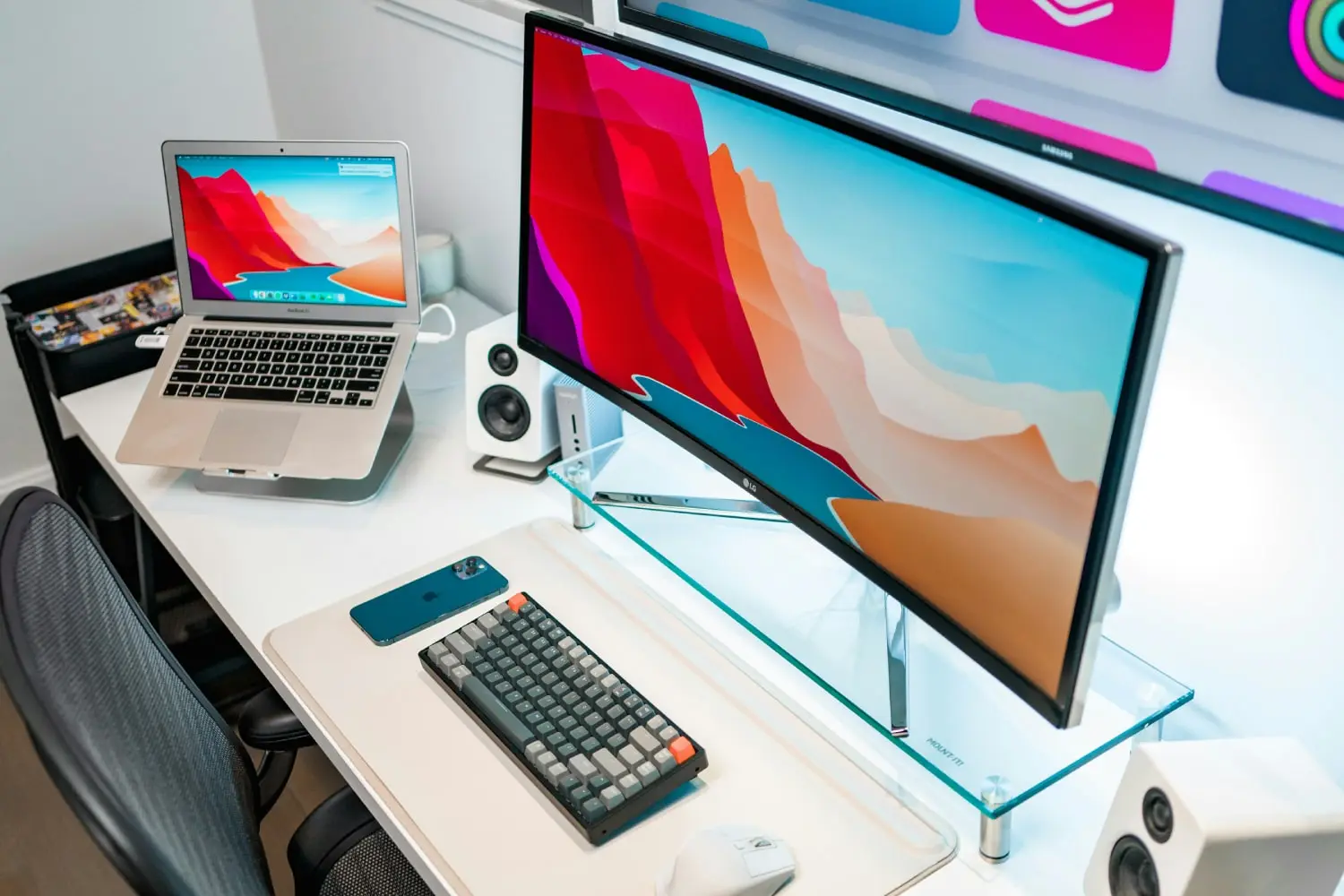 Image: Sebastiaan Chia / Unsplash
Image: Sebastiaan Chia / Unsplash
🚀 Impact and Future Developments
The ability to connect multiple displays to MacBook Air laptops significantly enhances productivity and expands the possibilities for work and entertainment. While the M3 MacBook Air offers a straightforward solution, the M1 and M2 models require the use of third-party docking stations and software workarounds. These workarounds demonstrate the robustness and adaptability of the MacBook Air, even beyond its official specifications.
As technology continues to advance, we can expect improved native support for multiple displays in future MacBook Air models. Apple may further refine its hardware and software integration to simplify the process of connecting external monitors. Additionally, third-party developers will likely continue to offer innovative solutions to enhance the multi-display experience on MacBook Air laptops.
References
- MacBook Air vs. MacBook Pro: Buyer’s Guide – 30 Differences Compared
- Common Spotify Problems and How to Fix Them
- Kensington unveils three docking stations, plus Thunderbolt 5 dock due later this year
- How to Change Mac Screen Resolution in macOS Ventura
- Remove Someone Else’s Apple ID from Your iPhone
- Spinning wheel? How to stop your Mac from freezing
- Why gaming on the M3 MacBook Air has left me impressed
- Apple MacBook Air M3 vs. MacBook Air M2: What’s the difference?
Now that you have all the information you need, it’s time to unlock the full potential of your MacBook Air’s display capabilities. Have fun connecting multiple displays to your laptop and enjoy the expanded workspace! 💻✨
Share this article on social media and tag your friends who could benefit from the enhanced productivity of multiple displays!
